Everyone has a different definition of “cool” when it comes to four-wheel drives. For some folks, the ideal vehicle is a well-worn Jeep or Toyota with a little trail damage and a lot of heart. For others, it might be a brand new Unimog camper, or a glimmering Brute Double-Cab—it all depends on your taste. Admittedly, I have trouble deciding on what my own ideal vehicle would be, but there’s one type of build that never fails to capture my attention: garage projects completed on a budget with a little imagination and ingenuity. Last fall, I stumbled upon the perfect example, a beautiful 1975 Ex-MOD Land Rover, complete with a custom pop-top and camper interior. It belongs to an enthusiast named Matthew Kunert, and after taking some time to admire it in person, I knew I had to share it here. I hope you enjoy learning about it as much as I did.
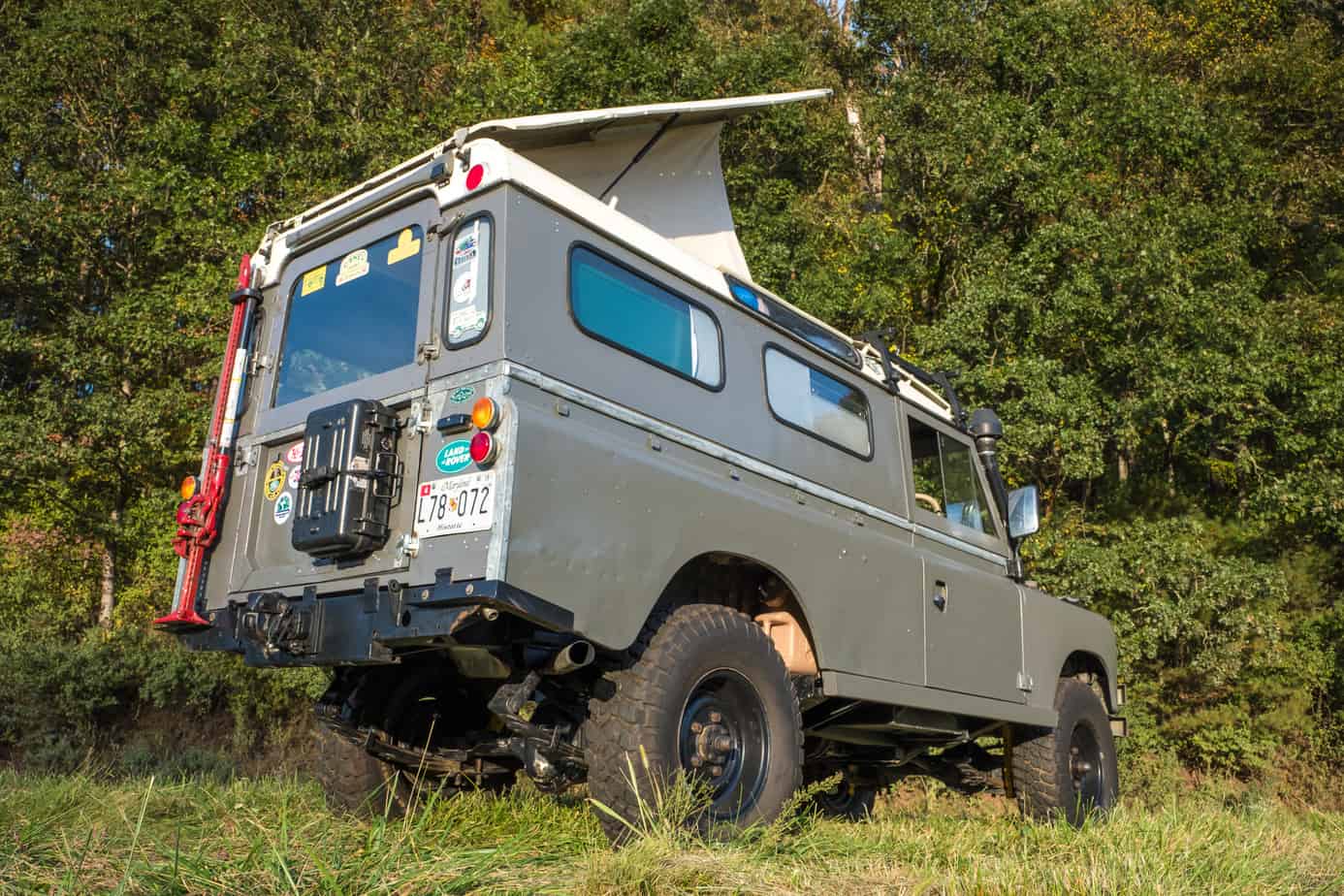
1. So Matt, not many people travel around in vintage Land Rovers these days. Can you tell me about how you came to own this vehicle, and what made you fall in love with it?
Sure! It all started back in my early twenties. Like many Land Rover enthusiasts, I came across an article about the Camel Trophy and immediately fell in love. I’ve been hooked ever since. Of course, I had to wait a while before I began searching for my Rover, 10 years actually, but it all worked out. I found this one in pretty rough shape in Philadelphia close to 14 years ago. It was more or less a parts truck, but I saw what it could be with some time and energy. Restoring it has been quite the process, but it has been a blast working on it, and I’m proud to have turned it into something that is pretty reliable and fun to take camping and four-wheeling at Rover events. My kids actually refer to it as my third daughter and ask why I love it so much. I always say, “It’s because I rescued it and put her back together.”
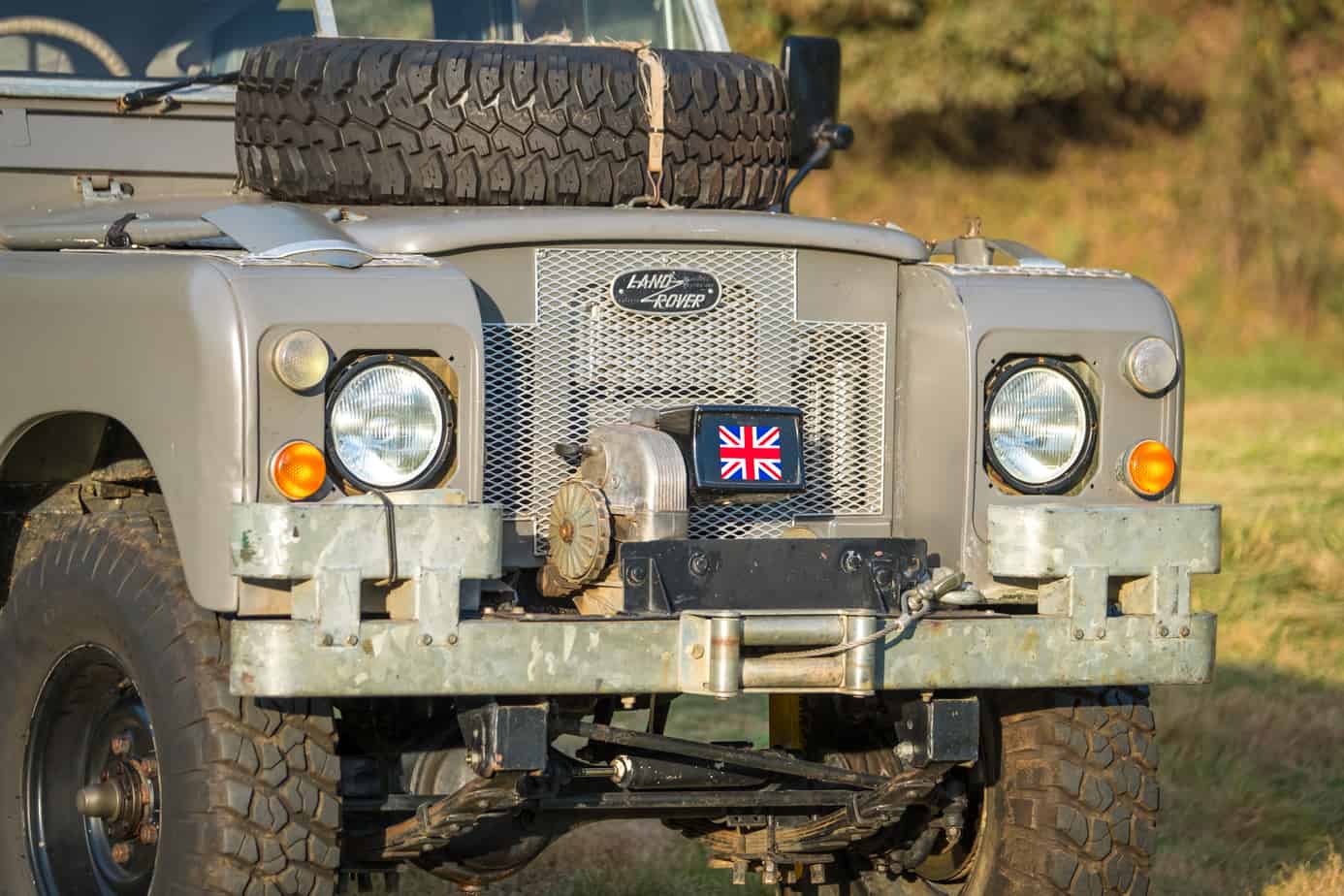
2. Wow, that sounds like a true case of Land Rover love! We’re all too familiar ourselves. In addition to restoring it, it’s clear that you’ve done a lot to make it comfortable for camping and long trips. Can you walk me through what all you’ve done to improve the vehicle?
Absolutely. Some of the things added to help improve it off-road include a set of BFG KM2 tires in 255/85/16, and a set of custom leaf springs made by Alcan in Colorado, which gives it about 2 1/2 inches of lift and a much better ride. It also has front and rear Tom Woods drive shafts, a homemade snorkel, Hi-Lift jack, and a Warn 8274 winch, which I found at the local wrecker for $40.
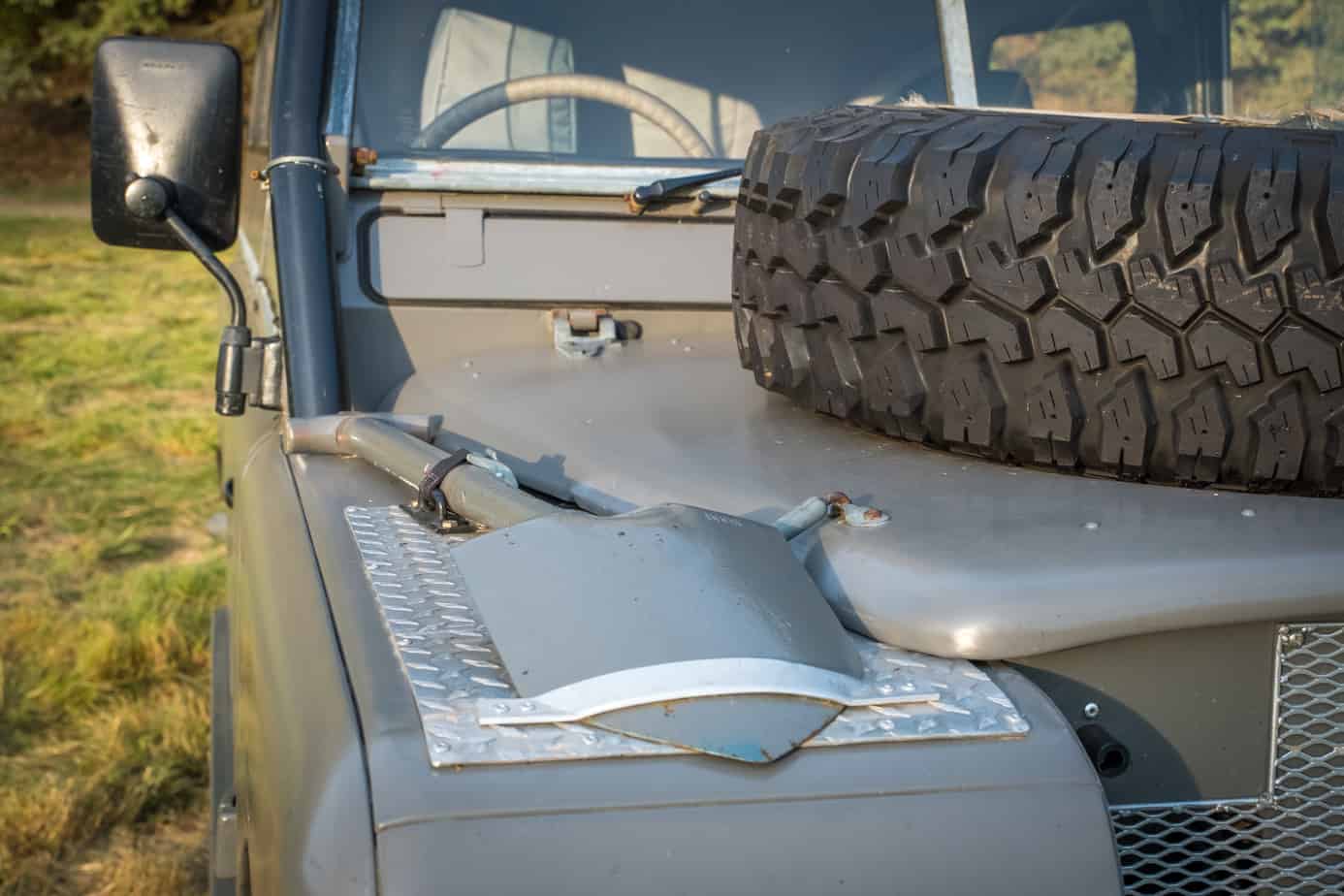
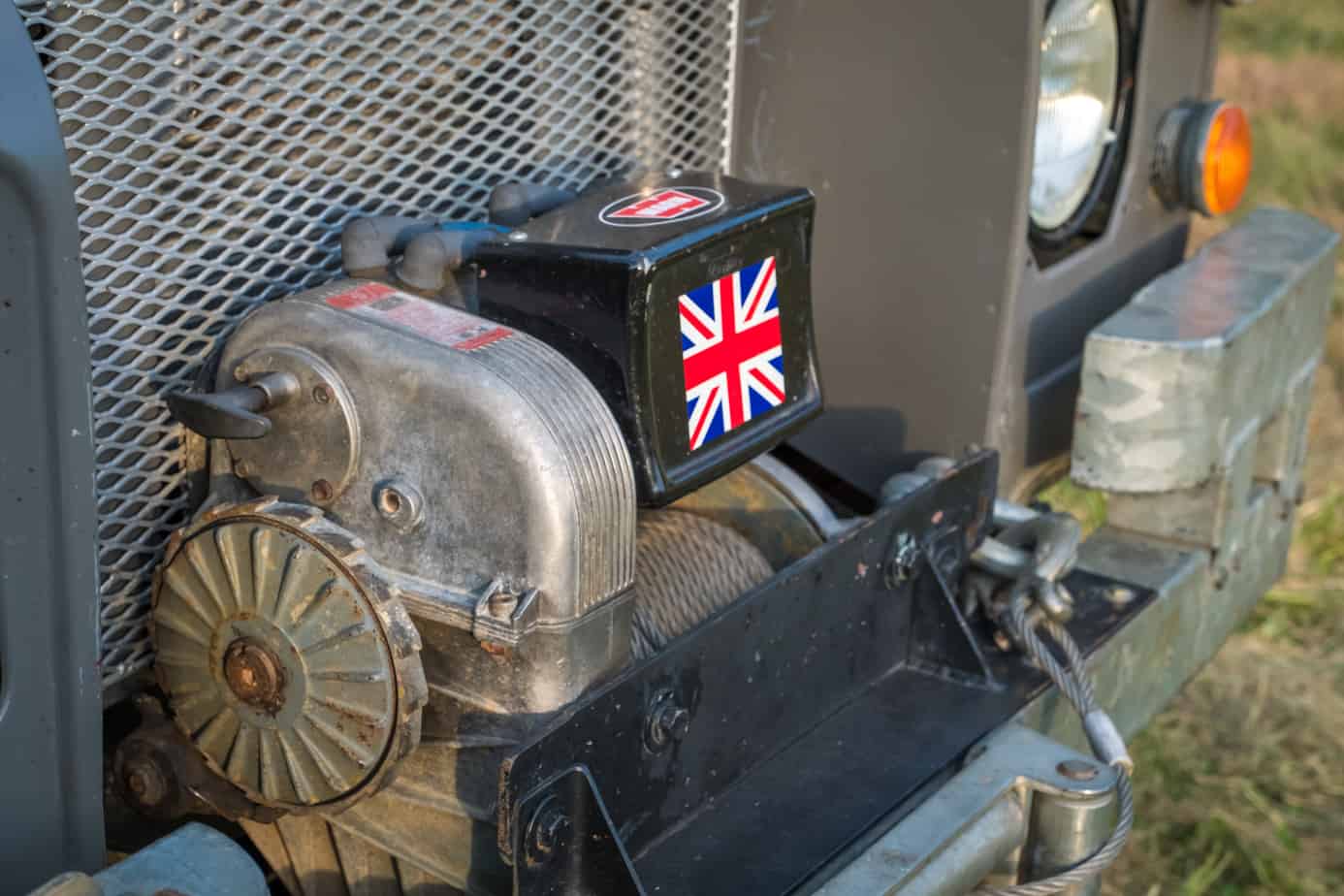
The most obvious modification is, of course, the roof. I loved the style of the Dormobile and Westfalia campers, and I knew that I would need more space if I was going to spend any extended period traveling in this old gal. I debated the best way to achieve the necessary room for some time and ended up deciding to modify the existing roof. Fortunately for me, this truck had the tropical top, which has a secondary roof layer. I cut the top layer just behind the doors and removed the rivets fastening it down. I then hinged it at the rear and added a set of Westfalia pop top struts from Go Westy to keep it raised. The Duck canvas for the enclosure was purchased at JoAnne Fabrics, and was actually easier to install than most people think. It’s not the most glamorous execution, but it has worked for over 8 years now.
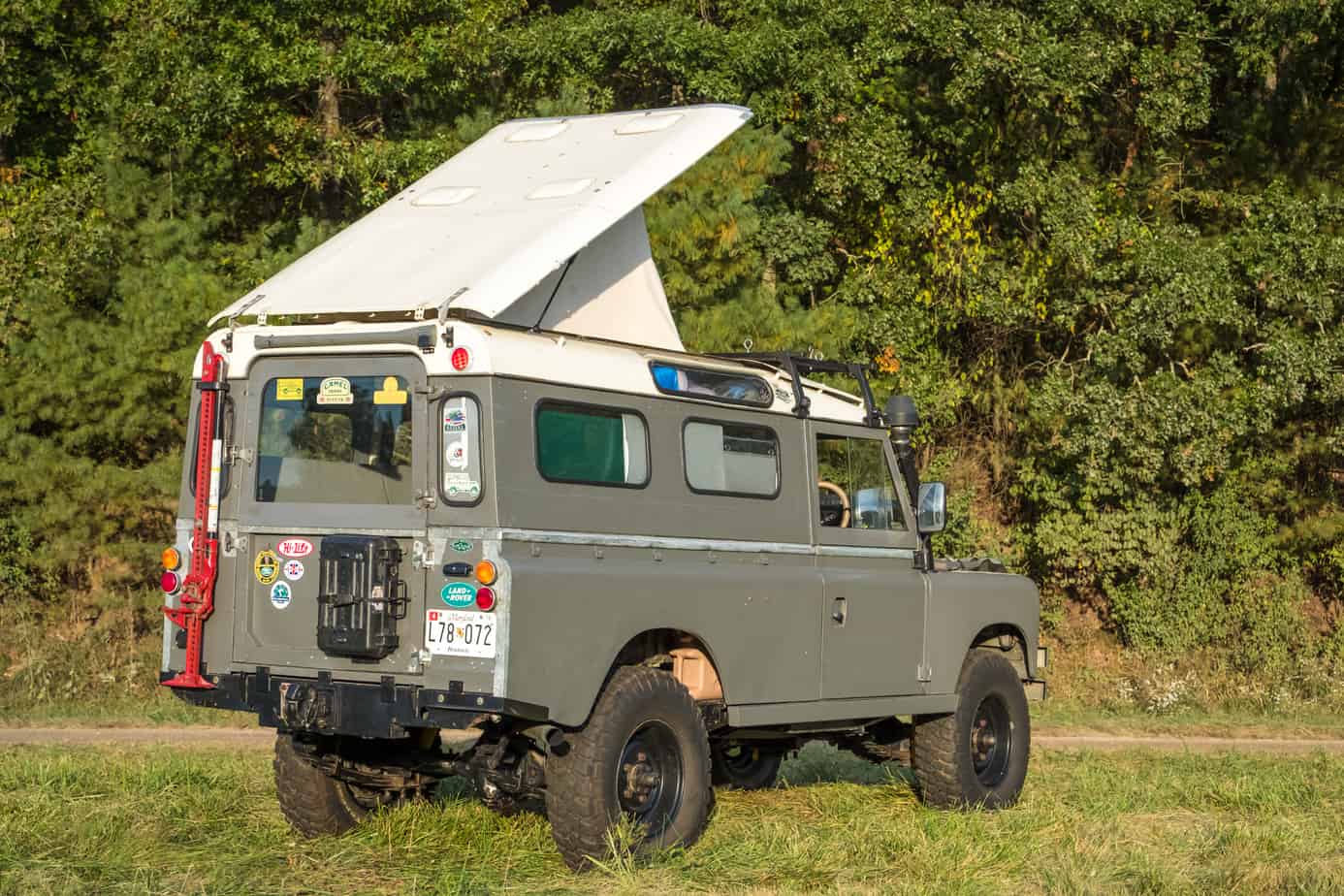
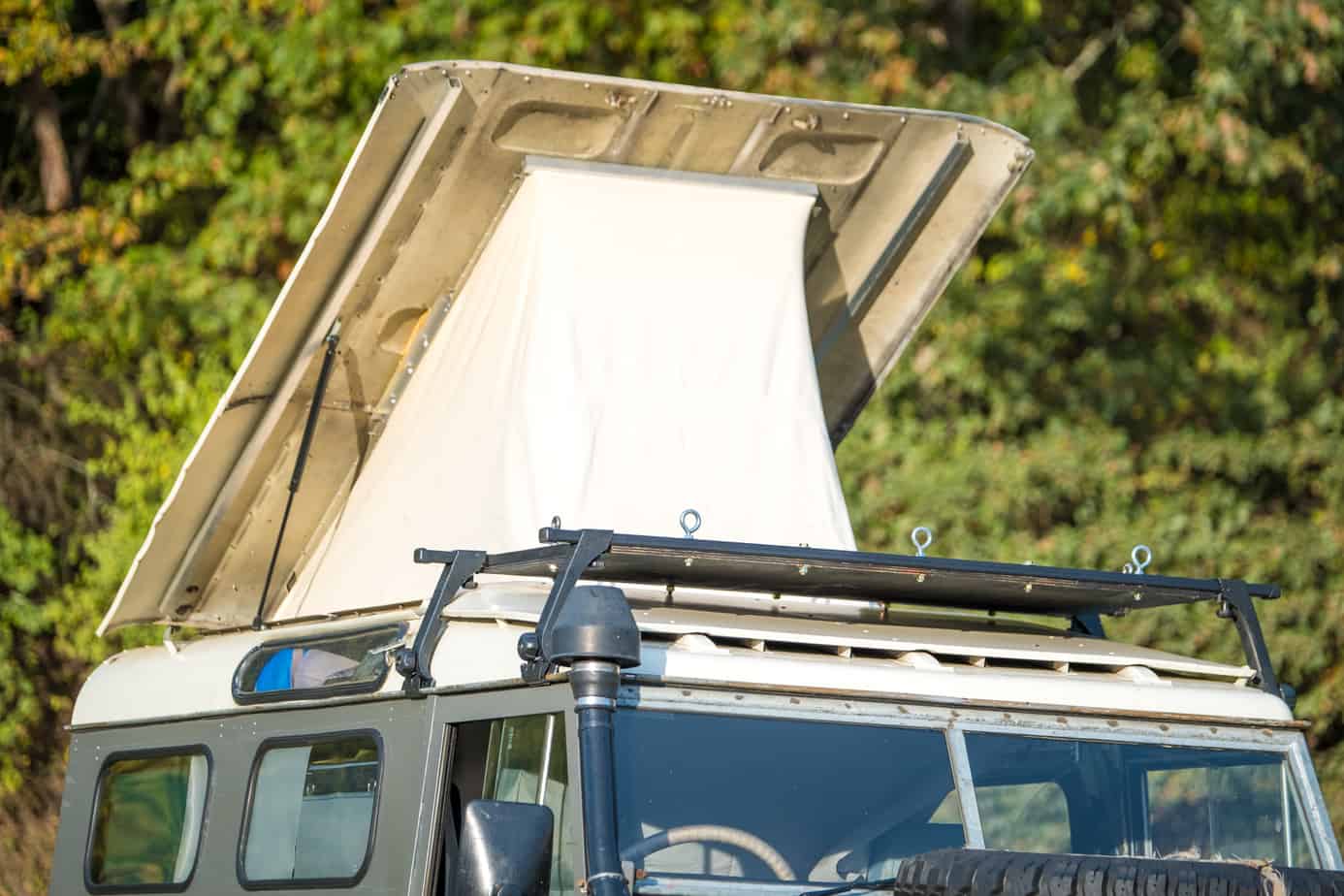
I’ve also installed some other additions like a Dometic 18-liter fridge, a small sink from an old Westfalia, and a bench seat that converts into a full bed by raising the faux floor into place. An old aluminum foot locker was mounted to store food and clothes in the back, but it also works great as an inside table.
One of the things I wanted in the camper was running water, but most of the systems I saw were complex or expensive. I decided to design my own using a 5-gallon scepter water jug and a small basketball pump. The water storage tank is mounted underneath the vehicle between the body and the frame, and the basketball pump is located inside near the back door. Whenever I want to use it, I simply give the pump a few shoves and turn the tap. Voila, water. My final modification was an Espar D2 diesel heater, which plumps straight into the diesel tank and heats the cab when it’s cold. A welcome and often necessary component for northeastern winters.



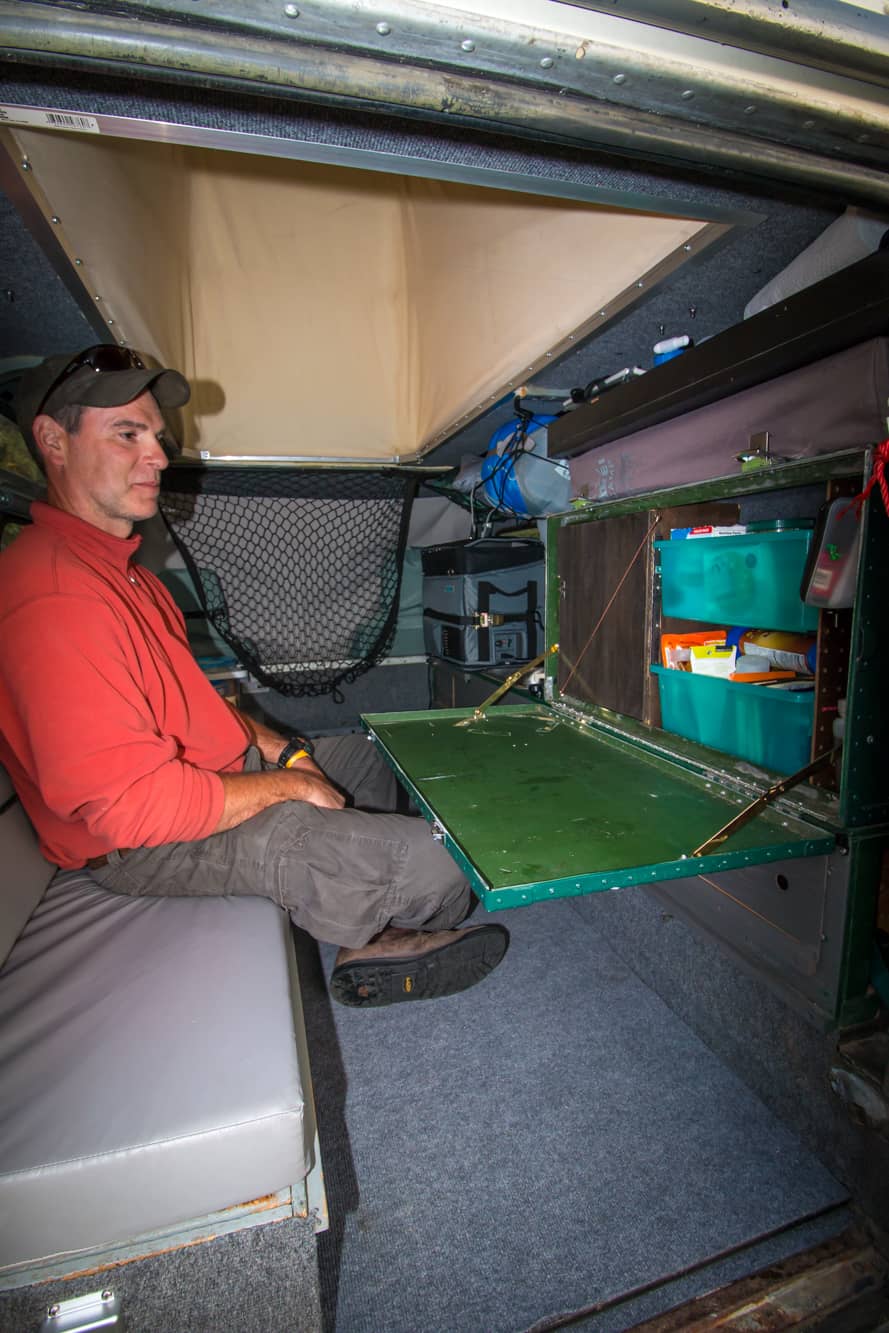

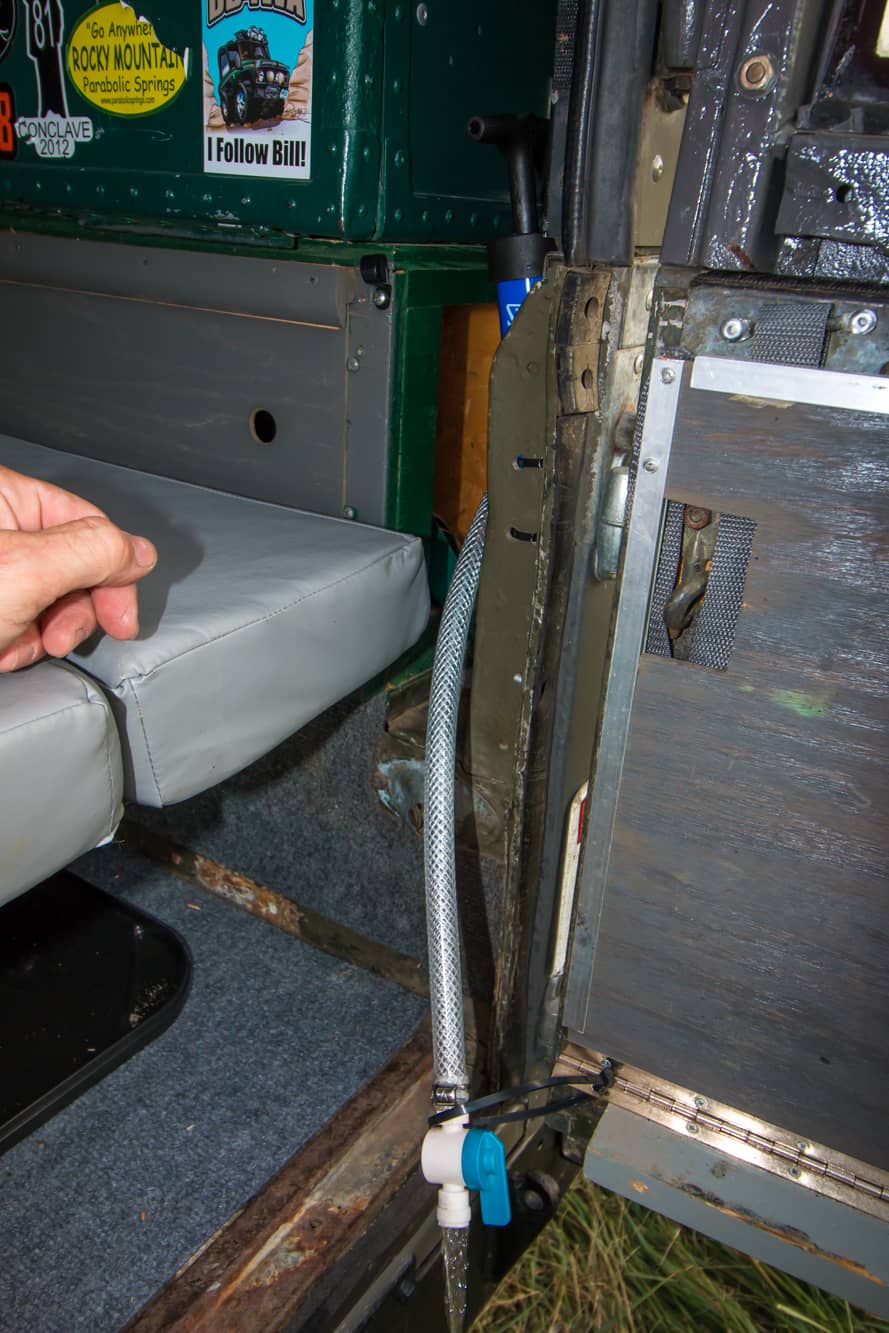

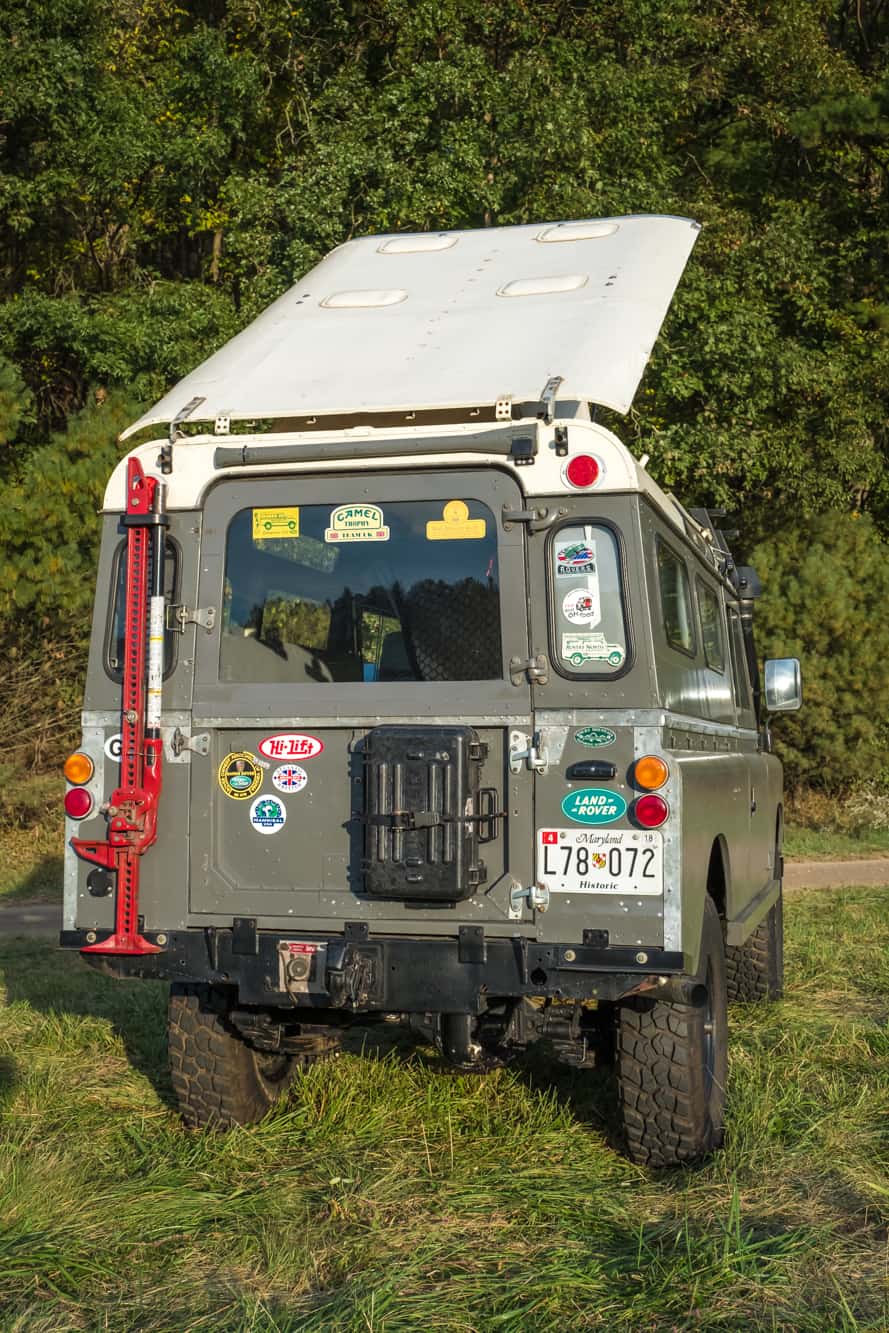
3. That’s some seriously impressive handiwork, Matt. Is this the first vehicle you’ve really worked on yourself, or do you have prior experience with another four-wheel drive?
I actually had a Jeep Wrangler that I bought new back in 1992. It was a lot of fun and taught me several important lessons about four-wheeling, especially the value of having a snorkel. My first time out on the trail I was encouraged to cross an unfamiliar water hole. Thanks to my lack of experience, I didn’t check the depth, and it quickly resulted in a connecting rod blowing through the oil pan. It was an expensive way to learn what hydro-locked meant.
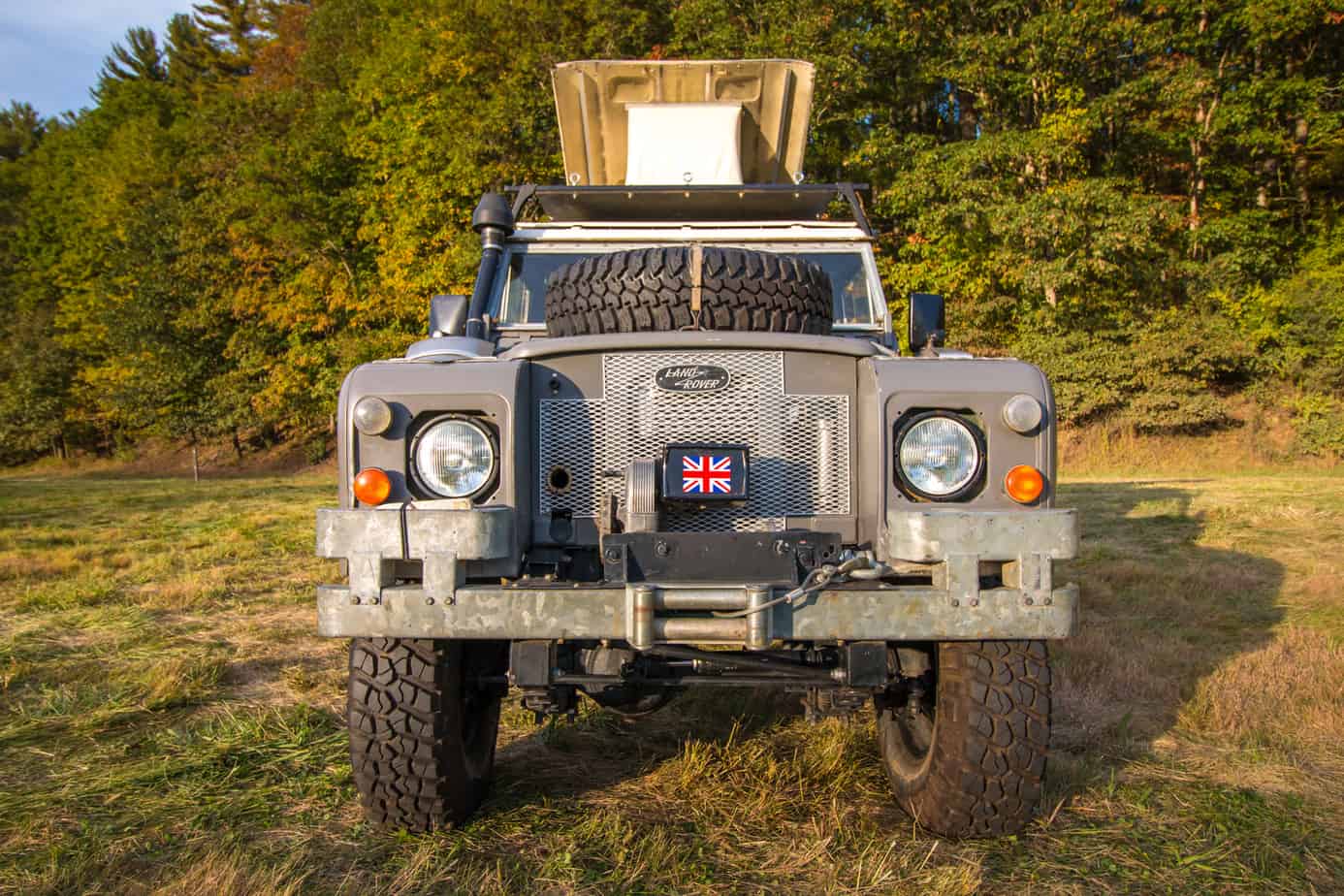
4. Obviously, there are some advantages and drawbacks to driving an older vehicle like a Series Land Rover. What are your favorite parts about owning and traveling in this vehicle. What is your least favorite?
One of the greatest parts of owning an old Land Rover is that it seems to instantly connect you with new people. It doesn’t matter if you’re pulling up to a hardware store or a coffee shop, everyone seems to love these vehicles. Some of the best people I have ever met have been as a result of owning this truck. Many are now life-long friends.

Another great thing about owning this Landy is that it forces you to slow down and take some back roads. That has allowed me to see so many things that I would have otherwise missed, and completely shifted the way I look at road trips. It’s no longer taking the quickest route from A to B, but the most enjoyable. Of course, it has its drawbacks too. For starters, it’s pretty loud, especially now that I converted it to a 200 TDI diesel. Any lengthy road trip requires earplugs to help reduce fatigue, and although the engine swap has helped tremendously, it’s still not going to win any races when pulling out and merging with traffic.
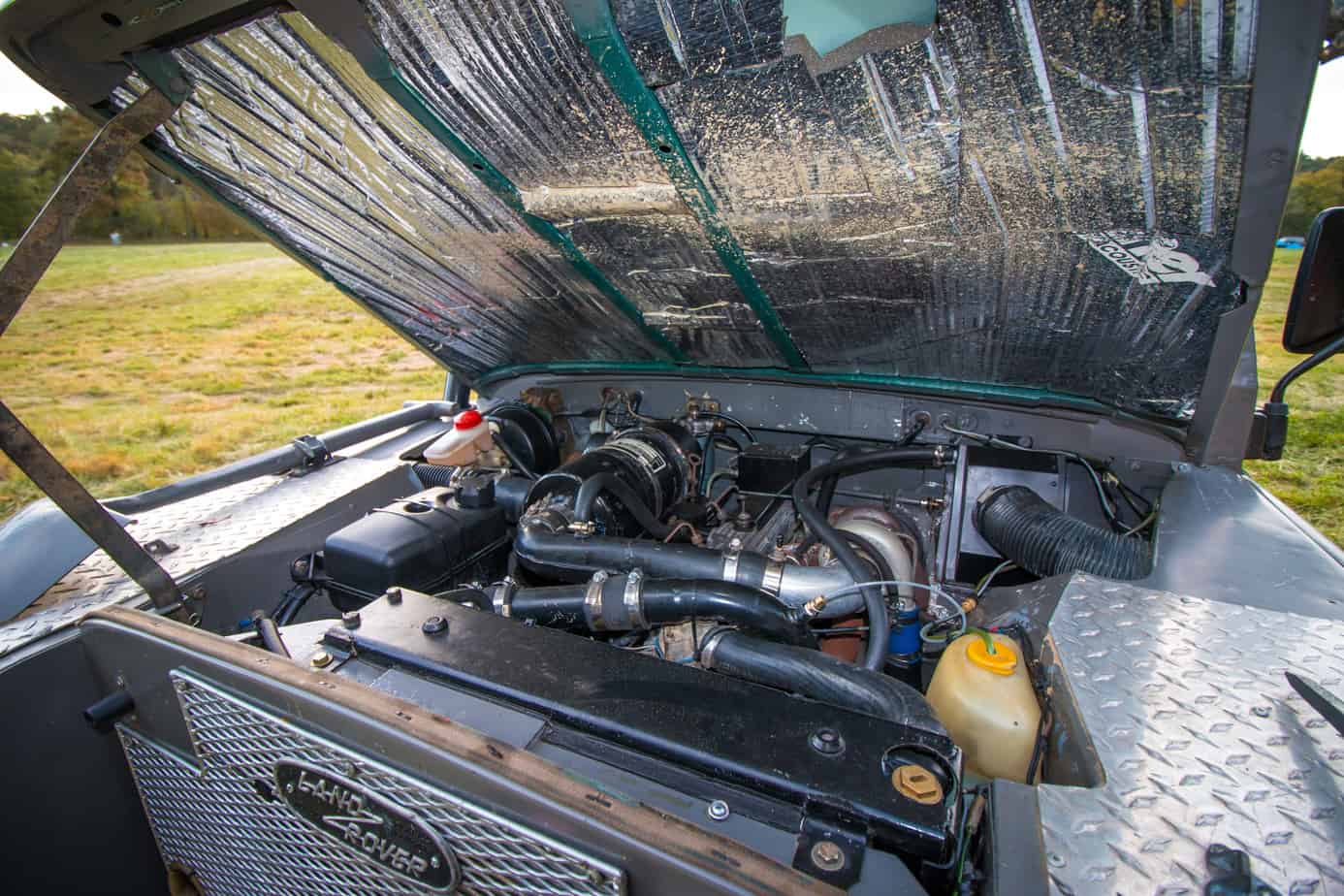
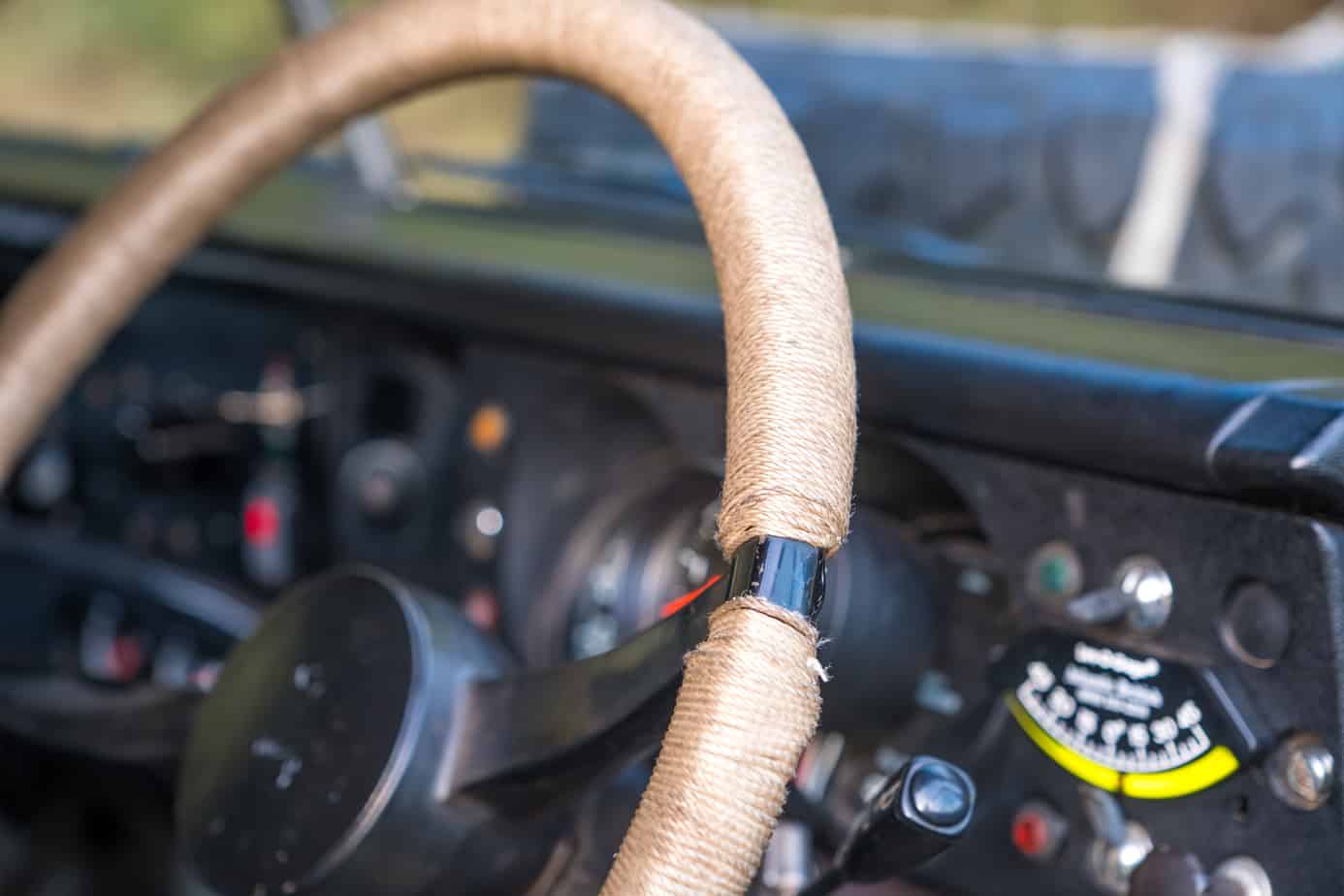

5. I guess there’s only so much you can do to make an aluminum brick quiet or quick! Still, it’s all part of the experience. So besides Overland Expo East where we met, where have you taken this Land Rover, and where will you take it in the future?
Well, in my imagination it has been through Africa and Australia, but in reality, most of this Rover’s trips have been local family camping adventures. Other than small weekend camping trips, I try to get it out to as many Land Rover club events as possible. It’s always great fun to be around like-minded people! After enjoying traveling to Asheville (North Carolina) for Expo East and camping out of the truck for 10 days, I decided I need to get her out for at least one big trip a year. I would really like to take it camping down in Hatteras where I used to take my Jeep, and if everything pans out there might be a trip to Nova Scotia in my future. I guess only time will tell!
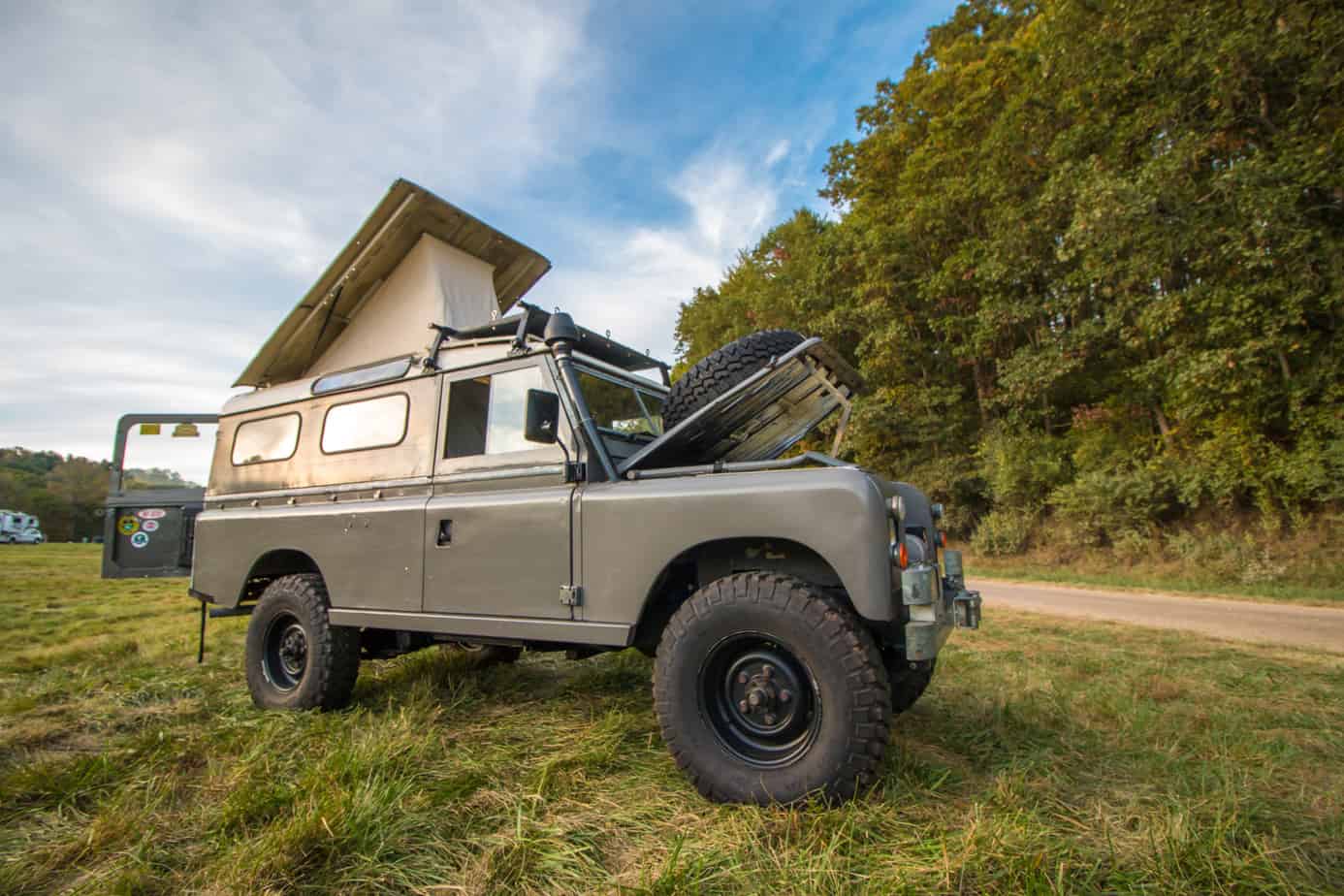
6. Good to hear that your adventures are just beginning! So I have to ask, after living with your Land Rover for some time, is there anything you would change or do differently?
I would like to make the lifting roof a little larger like the Icarus. Having a bed in the roof like a Westfalia would keep it from getting dusty and dirty when playing in the woods all day, a nice luxury when you’re tired and ready to sleep. I would also like to add power steering to make driving easier, and upgrade the transmission to a modern 5-speed for additional strength.
Well, we certainly look forward to seeing those changes! Until then, thank you so much for taking the time to talk with us, and happy trails Matt!


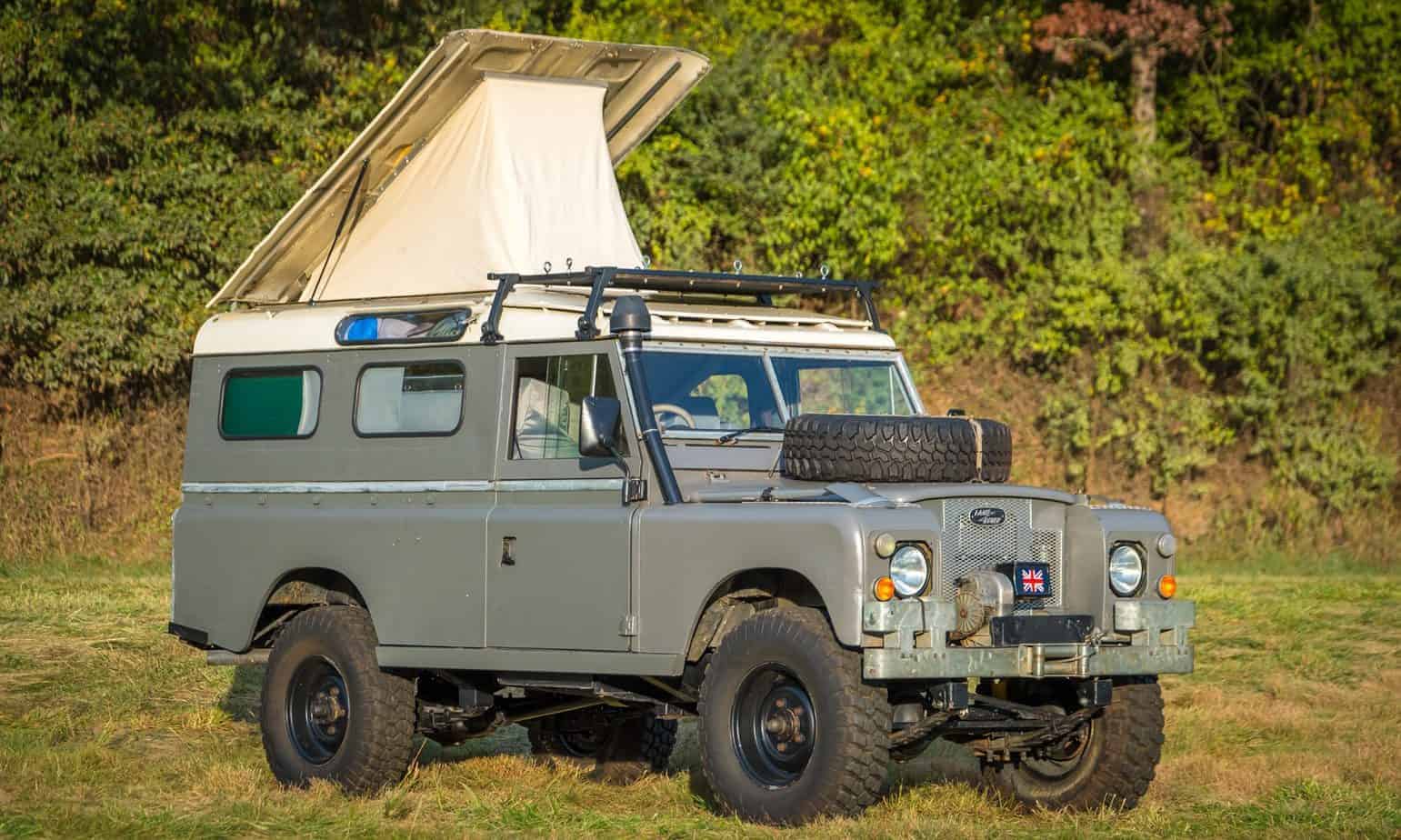
One Comment
Ben
February 20th, 2019 at 1:22 pmAny one know where I could find more info on this build? I have a series IIa and have been looking for a similar solution for the roof.